Make Your Own DIY Wall Planters: An Easy Guide
Are you ready to transform your living space into a lush, green paradise? Creating your own DIY wall planters is not just a fun project; it’s a fantastic way to add a touch of nature into your home while showcasing your creativity. Imagine walking into a room and being greeted by vibrant plants hanging elegantly on your walls. It’s like bringing a piece of the outdoors inside! In this guide, we’ll walk you through everything you need to know to make stunning wall planters that will not only beautify your space but also provide a sense of tranquility. From choosing the right materials to design ideas and step-by-step instructions, we’ve got you covered. So, roll up your sleeves, grab your tools, and let’s get started on this green adventure!
The first step in making your own wall planters is selecting the right materials. This choice is crucial for ensuring that your planters are both durable and visually appealing. You might be wondering, “What materials should I use?” Well, here are some popular options:
- Wood: Perfect for a rustic look, wood can be easily cut and shaped to fit your design.
- Metal: For a modern twist, metal planters can add a sleek and industrial vibe.
- Recycled Materials: Get creative and use items like old crates, tin cans, or pallets. Not only is this eco-friendly, but it also gives your planters a unique character.
When choosing materials, consider the weight, durability, and how they will hold up against the elements if your planters are outdoors. Remember, the right materials can make all the difference in your final product!
Now that you have your materials, let’s dive into some inspiring design ideas for your wall planters. The beauty of DIY wall planters is that they can be tailored to fit your personal style and home decor. Here are some concepts that might spark your creativity:
Vertical gardens are a fantastic way to maximize space while adding a lush touch to your walls. Think of it as creating a living piece of art! You can arrange plants in a way that creates a stunning green display without overwhelming your area. Consider using a combination of trailing and upright plants to add depth and dimension. The key is to create a balance that is visually pleasing and functional.
Layering different plant heights and textures can create a captivating visual interest. Choose plants that thrive together and create a harmonious look. For example, pairing tall, spiky plants with trailing varieties can give your wall planter a dynamic feel. It’s like composing a symphony where each plant plays its part beautifully!
Coordinating colors in your wall planter can elevate its appeal. Think about the colors in your home and how your plants can complement them. For instance, if your living room features earthy tones, consider using plants with vibrant greens and rich, colorful flowers to make a statement. A cohesive color palette will tie your wall planter into the overall aesthetic of your home.
Recycling materials can not only save costs but also add character to your wall planters. Discover innovative ways to repurpose everyday items into functional planter designs. For example, old wooden pallets can be transformed into stunning vertical gardens, while tin cans can be painted and hung to create a charming rustic look. The possibilities are endless!
Ready to roll up your sleeves and get crafting? Follow these detailed instructions to create your own wall planter. Each step is designed to ensure a smooth building process, from planning to installation, making it accessible for all skill levels.
A well-organized workspace is essential for a successful DIY project. Clear your area of any clutter and gather all the necessary tools and materials. This might include a drill, screws, a level, and of course, your chosen plants. A tidy workspace will help you focus and make the crafting process more enjoyable.
Proper installation ensures your wall planters are secure and visually appealing. Depending on your wall type, you may need different mounting techniques. For drywall, using wall anchors will provide additional support. If you’re mounting on brick or concrete, masonry screws are your best bet. Always double-check that your planters are level before securing them to the wall. A little patience here will pay off in the end!
1. What types of plants are best for wall planters?
Choose plants that thrive in the conditions of your space. Succulents, ferns, and trailing plants like pothos are excellent options.
2. How do I ensure my wall planters are secure?
Always use the appropriate mounting hardware for your wall type and make sure to check that everything is level before securing it.
3. Can I use wall planters indoors?
Absolutely! Wall planters can add greenery to any space, indoors or outdoors. Just make sure to choose plants that will thrive in the light conditions of your indoor area.
With these tips and ideas, you’re well on your way to creating beautiful wall planters that will enhance your living space. Happy planting!
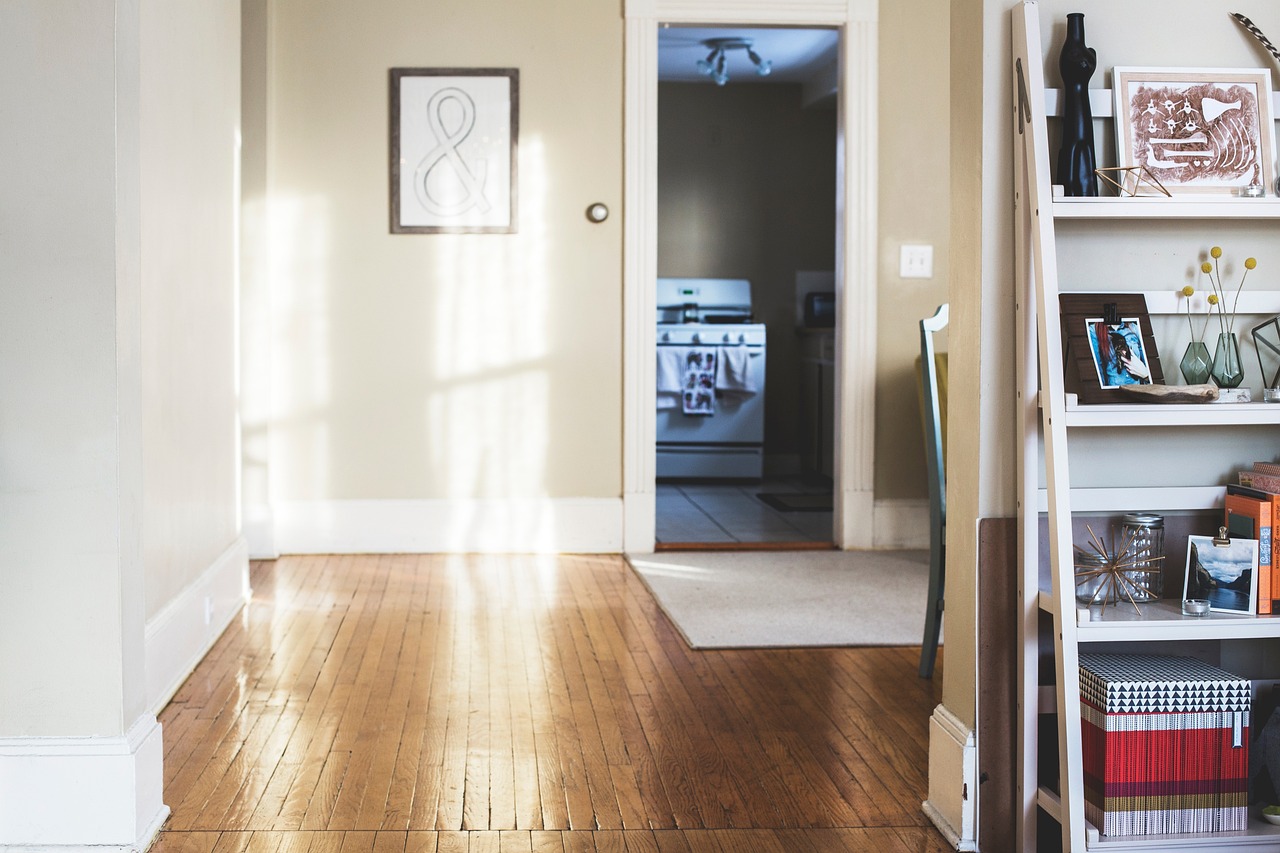
Choosing the Right Materials
When embarking on your DIY wall planter project, the first step is to choose the right materials. This decision is crucial, as it can significantly affect both the durability and aesthetics of your planter. Let’s dive into some of the most popular materials you can use, each with its own unique benefits and charm.
One of the most common choices is wood. It’s not only readily available but also incredibly versatile. Wood can be stained or painted to match your decor, and it brings a natural warmth to any space. However, it’s essential to select treated wood that can withstand moisture, especially if you’re using it for live plants. Cedar and redwood are excellent options due to their natural resistance to rot.
Another fantastic option is metal. Metal planters, such as those made from galvanized steel or aluminum, offer a modern, industrial look that can add a chic touch to your home. They are sturdy and can be painted to fit your desired aesthetic. However, keep in mind that metal can heat up quickly in the sun, which may affect the soil temperature and moisture levels for your plants.
If you’re looking to get a bit creative while also being eco-friendly, consider using recycled materials. Items like old wooden crates, tin cans, or even plastic bottles can be transformed into stunning wall planters. Not only does this approach save money, but it also adds a unique character to your design. Plus, it’s a great conversation starter!
Here's a quick comparison table to help you visualize the pros and cons of each material:
| Material | Pros | Cons |
|---|---|---|
| Wood | Natural look, versatile, easy to customize | Can rot if untreated, requires maintenance |
| Metal | Durable, modern aesthetic, weather-resistant | Can overheat, may require drainage |
| Recycled Materials | Eco-friendly, cost-effective, unique designs | Durability varies, may need extra support |
Ultimately, the right material for your wall planter will depend on your personal style, budget, and the specific needs of the plants you choose. Take your time to explore different options, and don’t hesitate to mix and match materials for a truly unique look. The key is to create something that not only enhances your living space but also brings you joy every time you see it.
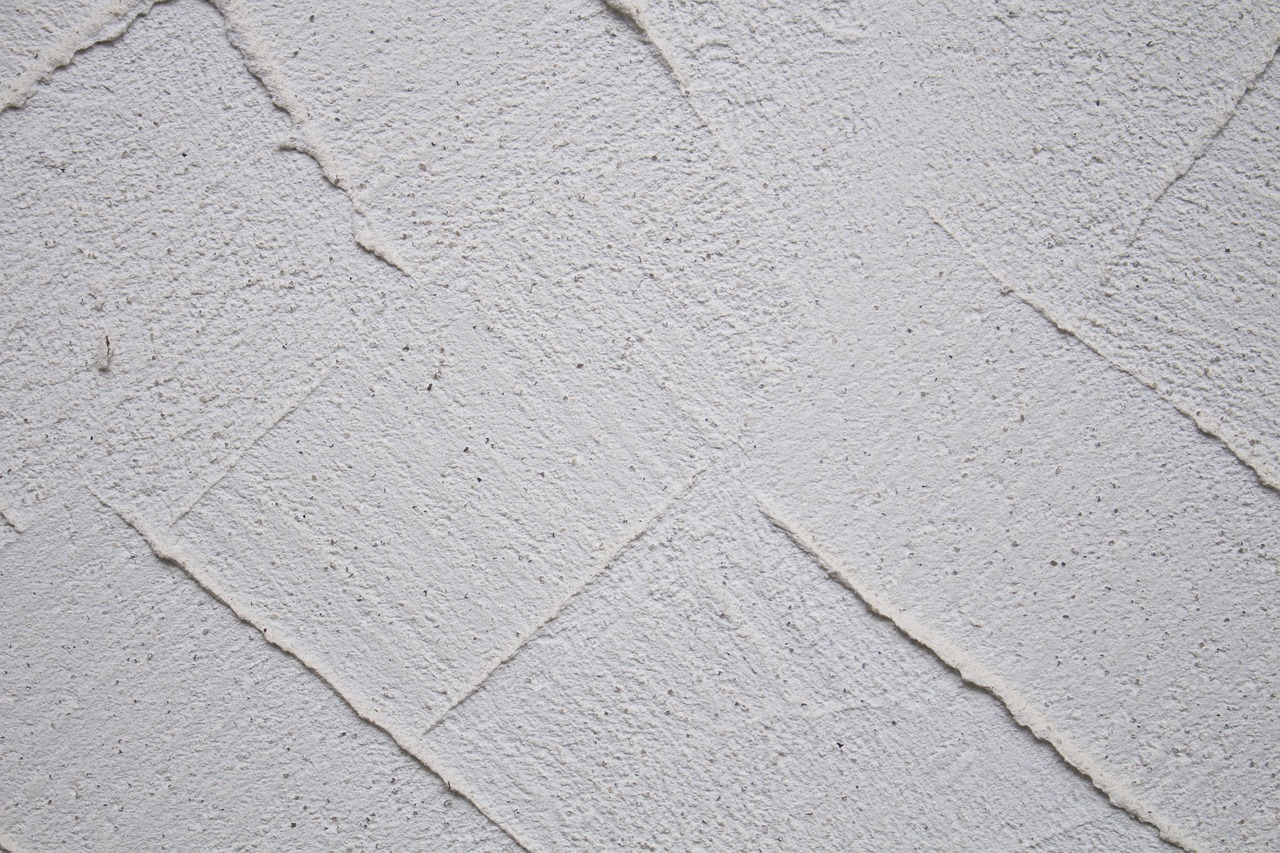
Design Ideas for Wall Planters
This article will guide you through creating beautiful wall planters, offering tips on materials, design ideas, and step-by-step instructions to enhance your living space with greenery.
Selecting the appropriate materials is crucial for building durable and aesthetically pleasing wall planters. Explore various options, including wood, metal, and recycled materials, to find the best fit for your project.
When it comes to designing your wall planters, the sky's the limit! You can transform a plain wall into a vibrant green oasis that not only adds life to your space but also showcases your unique style. Imagine lush greenery cascading down a vertical space or a geometric arrangement that draws the eye. The beauty of wall planters lies in their versatility. You can play with shapes, sizes, and arrangements to create a stunning focal point in any room. Let's dive into some creative design ideas that will inspire your next project!
Vertical gardens are a fantastic way to maximize limited space while making a bold statement. Picture a wall adorned with an array of plants that seem to climb towards the ceiling, creating a natural artwork. The trick is to choose plants that not only thrive in vertical settings but also complement each other in terms of color and texture. Consider using trailing plants like String of Pearls or English Ivy alongside upright varieties like Ferns or Succulents. This combination can create a stunning green display that feels lush without overwhelming the area.
Layering different plant heights and textures is key to creating visual interest in your wall planter. Think of it like a beautiful landscape painting where each layer adds depth and richness. Choose plants that thrive together and provide a range of heights, from tall, dramatic plants to shorter, bushier ones. For instance, pairing a tall Snake Plant with low-growing Herbs can create a dynamic look that invites the eye to explore. By varying the textures—smooth leaves next to fuzzy ones—you can enhance the overall design and make your wall planter a true conversation starter.
Coordinating colors in your wall planter can elevate its appeal to a whole new level. Just like in fashion, where color can make or break an outfit, the same goes for your plants! Explore strategies for selecting plants and containers that harmonize with your home's color palette. For example, if your living room features earthy tones, consider plants with deep greens and terracotta pots to create a cohesive look. Alternatively, if your space is bright and airy, opt for vibrant blooms that pop against a neutral wall. Don't be afraid to mix and match! A little experimentation can lead to delightful surprises.
Recycling materials can not only save costs but also add character to your wall planters. Think about repurposing old wooden crates, tin cans, or even wine bottles into functional planter designs. Not only does this approach help the environment, but it also allows you to showcase your creativity. Imagine a rustic wooden pallet transformed into a vertical garden, or colorful tin cans lined up on a shelf, each housing a different plant. The charm of using recycled materials lies in their uniqueness—no two planters will be the same!
Follow these detailed instructions to create your own wall planter. Each step is designed to ensure a smooth building process, from planning to installation, making it accessible for all skill levels.
A well-organized workspace is essential for a successful DIY project. Learn how to set up your area with the necessary tools and materials for efficient crafting.
Proper installation ensures your wall planters are secure and visually appealing. Explore various techniques to mount your planters safely and effectively on different wall surfaces.
Q: What types of plants are best for wall planters?
A: Opt for plants that thrive in smaller spaces, such as succulents, herbs, or trailing plants. Consider the lighting in your area to choose the best options.
Q: How do I water my wall planters?
A: Watering can be tricky with wall planters. Use a watering can with a long spout or a spray bottle to reach plants easily. Ensure that your planters have proper drainage to avoid waterlogging.
Q: Can I use any material for wall planters?
A: While you can get creative with materials, ensure they are durable and suitable for holding soil and plants. Avoid materials that may rot or rust quickly.
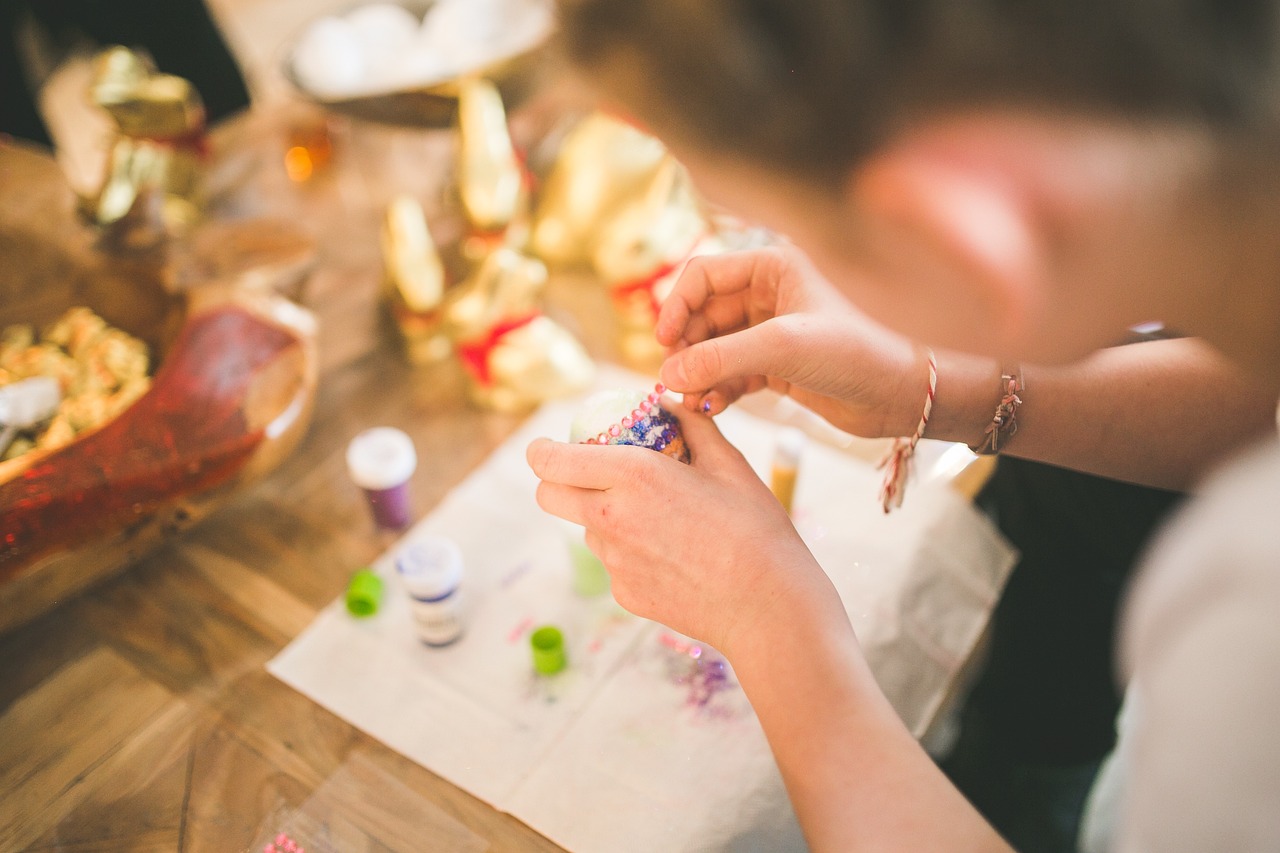
Vertical Garden Concepts
When it comes to maximizing your space, vertical gardens are an absolute game-changer! These stunning arrangements not only beautify your walls but also bring a refreshing touch of nature into your home. Imagine walking into a room adorned with cascading greenery, where every glance offers a new perspective on the vibrant life you've cultivated. It's like having your own little oasis right at home!
To create a vertical garden that truly stands out, consider how you can arrange your plants to create a stunning visual display. Think of it as a living canvas where each plant plays a role in the overall masterpiece. You can choose to go for a structured look with neatly aligned rows or opt for a more organic feel with plants spilling over in a delightful chaos. The choice is yours!
One of the most exciting aspects of vertical gardens is the variety of plants you can use. Whether you prefer succulents, herbs, or vibrant flowering plants, there's a perfect combination waiting for you. Here are some popular plant choices that thrive in vertical arrangements:
- Ferns: These lush beauties add a soft, feathery texture.
- Succulents: Perfect for low-maintenance gardeners, they come in various shapes and colors.
- Herbs: Not only do they look great, but they also add a delightful aroma and can be used in cooking!
- Flowering plants: Brighten up your space with colorful blooms that attract pollinators.
When planning your vertical garden, consider the orientation of your wall. South-facing walls receive the most sunlight, making them ideal for sun-loving plants. On the other hand, a north-facing wall may be better suited for shade-tolerant species. Additionally, think about the height of your plants—tall plants at the bottom and shorter ones at the top can create a beautiful gradient effect, drawing the eye upward.
Don't forget about the containers you choose for your vertical garden! They can play a significant role in the overall aesthetic. From rustic wooden crates to sleek metal planters, the right container can enhance your design and complement your home decor. Plus, using wall-mounted shelves or hanging systems can add an extra layer of interest to your vertical garden.
Lastly, remember that a vertical garden isn't just about aesthetics; it's also about creating a healthy environment. Plants can help purify the air, reduce stress, and even improve your mood. So, as you embark on this green journey, know that you're not just beautifying your space—you're also enhancing your well-being!
Q: How much sunlight do vertical gardens need?
A: The sunlight requirements depend on the types of plants you choose. Most flowering plants and herbs thrive in full sunlight, while ferns and some succulents prefer partial shade. Be sure to research the specific needs of your chosen plants!
Q: Can I create a vertical garden indoors?
A: Absolutely! Many plants thrive indoors, especially if you have a well-lit area. Just ensure that you choose plants that can adapt to lower light conditions, and consider using grow lights if necessary.
Q: How do I maintain my vertical garden?
A: Regular watering and pruning are key! Check the soil moisture regularly, and remove any dead or yellowing leaves to keep your garden healthy and vibrant.
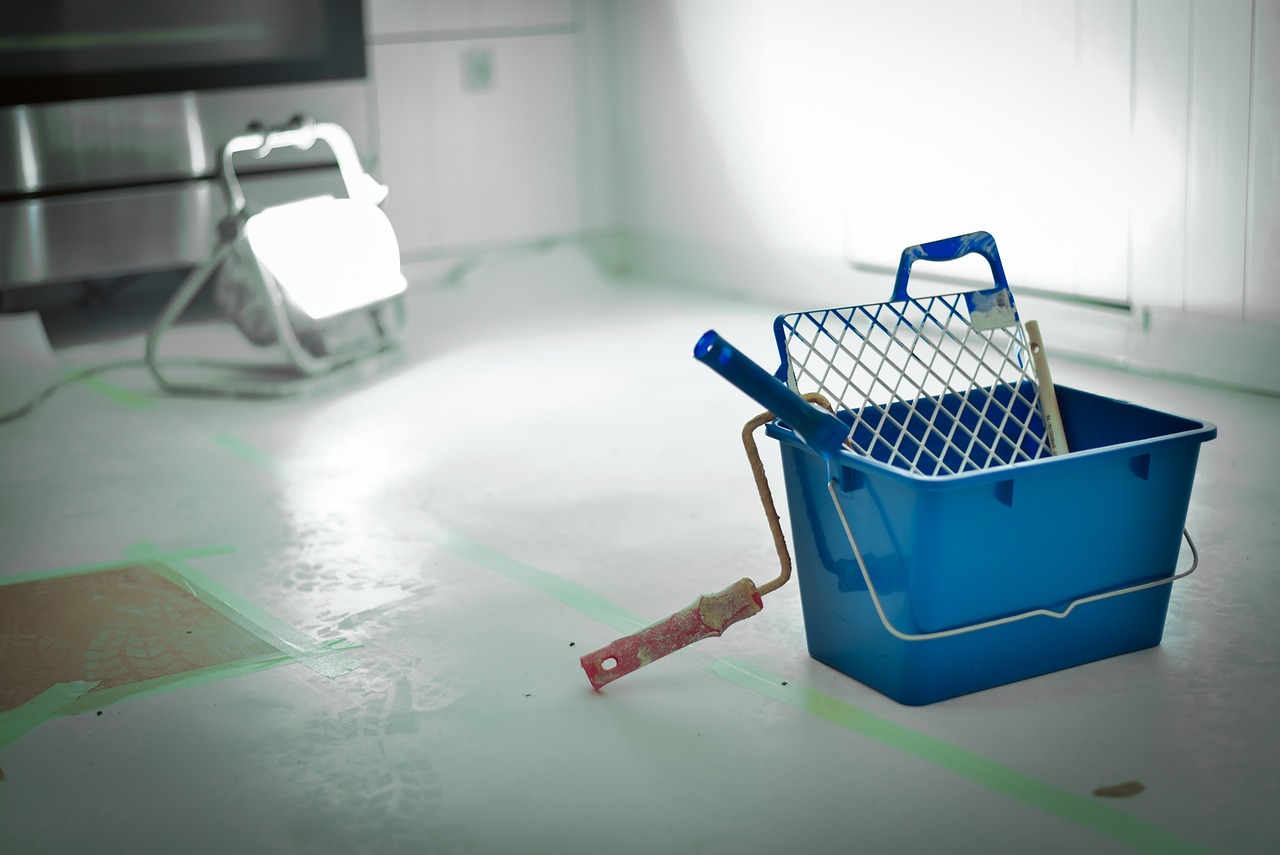
Layering Plants for Depth
Layering plants in your wall planter is like creating a beautiful tapestry of colors, textures, and shapes that can transform a flat surface into a vibrant display of life. Imagine walking into a room and being greeted by a stunning vertical garden that draws your eye and lifts your spirits. To achieve this, you need to pay attention to plant heights, foliage density, and even blooming patterns. The key is to select plants that not only complement each other but also thrive together, creating a harmonious environment.
When choosing your plants, consider the following aspects:
- Height Variation: Incorporate plants of varying heights to create a dynamic look. Taller plants can be placed at the back or top of your planter, while shorter ones can fill in the front. This not only adds depth but also ensures that all plants receive adequate light.
- Texture Contrast: Mixing plants with different leaf textures—such as smooth, fuzzy, or spiky—can create visual intrigue. For instance, pairing a soft, trailing ivy with a bold, spiky succulent can create a stunning contrast that draws attention.
- Blooming Seasons: Consider the flowering times of your plants. By selecting species that bloom at different times, you can ensure that your wall planter remains colorful throughout the year. This way, your living art piece will always have something to show off!
Additionally, think about the overall aesthetic you want to achieve. Are you aiming for a wild, jungle-like feel or a more structured, modern look? For a lush, organic vibe, you might want to choose plants that naturally grow in a cascading manner, such as String of Hearts or English Ivy. On the other hand, if you prefer a more geometric appearance, consider using plants with more rigid forms, like Snake Plants or Cacti.
Finally, don't forget about the importance of soil and drainage. Layering plants effectively also means ensuring that each one has the right conditions to thrive. Use a well-draining potting mix and consider adding a layer of pebbles at the bottom of your planter to facilitate drainage. This will help prevent root rot and keep your plants healthy, allowing them to flourish in their new home.
In summary, layering plants for depth is not just about aesthetics; it's about creating a thriving ecosystem that enhances your living space. By thoughtfully selecting your plants and arranging them with care, you can create a stunning wall planter that brings joy and beauty to your home.
Q: What types of plants are best for wall planters?
A: The best plants for wall planters are those that thrive in similar light and water conditions. Some popular choices include succulents, ferns, and trailing plants like ivy. Be sure to choose plants that vary in height and texture for a more dynamic look.
Q: How do I ensure my wall planter has proper drainage?
A: To ensure proper drainage, use a well-draining potting mix and add a layer of pebbles or stones at the bottom of your planter. This will help excess water escape and prevent root rot.
Q: Can I use recycled materials for wall planters?
A: Absolutely! Recycled materials like wooden pallets, tin cans, or old crates can make fantastic wall planters. Just make sure to prepare them properly to ensure they are safe for your plants.
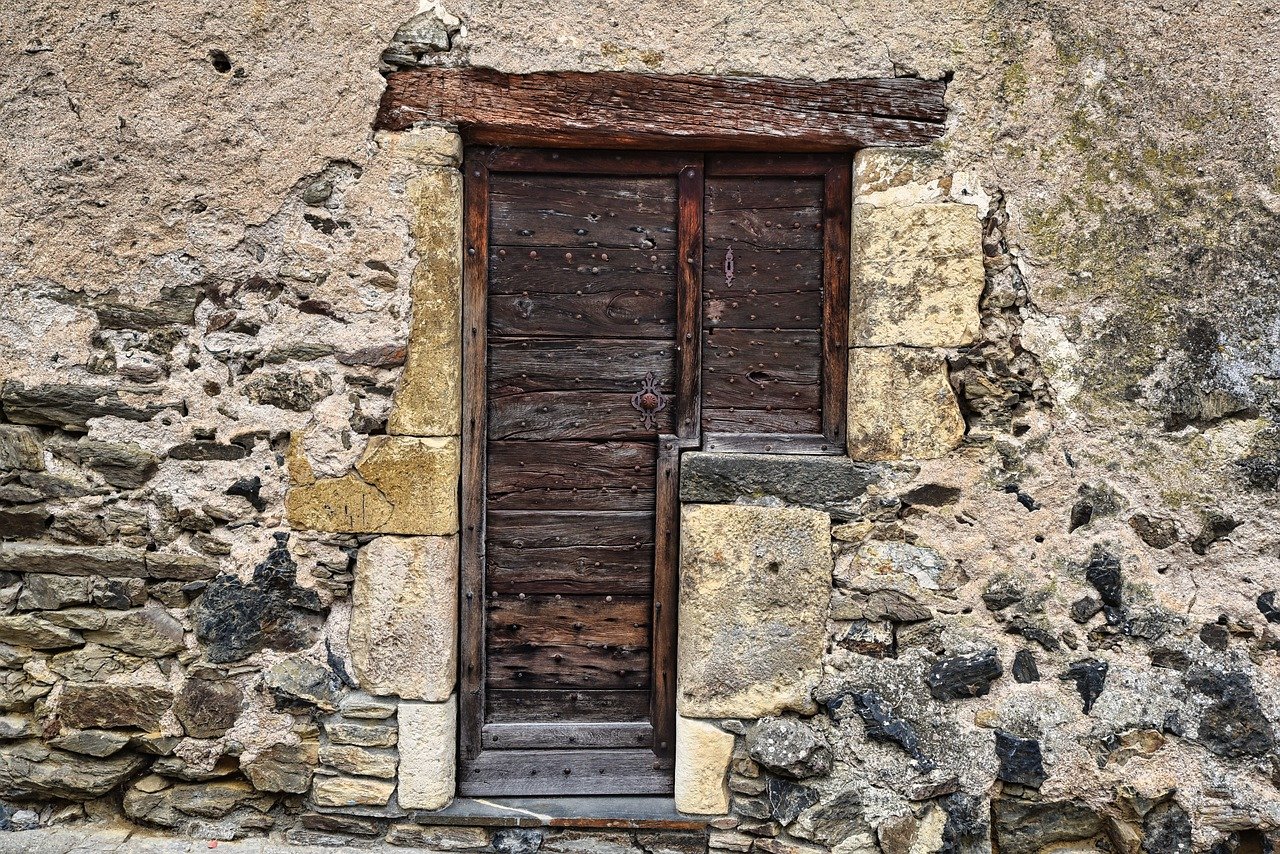
Color Coordination Tips
This article will guide you through creating beautiful wall planters, offering tips on materials, design ideas, and step-by-step instructions to enhance your living space with greenery.
Selecting the appropriate materials is crucial for building durable and aesthetically pleasing wall planters. Explore various options, including wood, metal, and recycled materials, to find the best fit for your project.
Get inspired by creative design ideas for your wall planters. From vertical gardens to geometric shapes, discover how to incorporate unique styles that complement your home decor and personal taste.
Vertical gardens can maximize space while adding a lush touch to your walls. Learn how to arrange plants in a way that creates a stunning green display without overwhelming the area.
Layering different plant heights and textures can create visual interest. Understand how to choose plants that thrive together and enhance your wall planter's overall design.
When it comes to creating wall planters, color coordination is key to achieving a harmonious look that complements your home. Think of your wall planter as a piece of art; just like a painter selects colors that work together, you should choose plants and containers that create a cohesive aesthetic. Start by considering the overall color palette of your room. For instance, if your living space features warm tones like reds and yellows, opt for plants with vibrant foliage or flowers that echo these hues. On the other hand, if your decor leans towards cool tones, blues and greens can create a calming effect.
Incorporating contrasting colors can also be effective. Imagine a bright green plant against a dark wooden planter; the contrast draws the eye and adds dimension. Another technique is to use monochromatic schemes, where you select plants in varying shades of the same color. This creates a sophisticated and elegant look. To help you visualize your options, consider the following color combinations:
| Color Scheme | Examples of Plants | Container Colors |
|---|---|---|
| Warm Tones | Marigolds, Red Geraniums | Terracotta, Gold |
| Cool Tones | Lavender, Blue Fescue | White, Light Gray |
| Contrasting | Fuchsia Bougainvillea, Green Ferns | Black, Dark Brown |
| Monochromatic | Various shades of Green Plants | Dark Green, Light Green |
Finally, don’t forget about the planter materials themselves. A sleek metal planter can add a modern touch, while rustic wood can bring warmth. Consider how the texture and finish of your containers will play into the overall color scheme. The right combination can transform your wall planter into a stunning focal point in your home.
Follow these detailed instructions to create your own wall planter. Each step is designed to ensure a smooth building process, from planning to installation, making it accessible for all skill levels.
A well-organized workspace is essential for a successful DIY project. Learn how to set up your area with the necessary tools and materials for efficient crafting.
Proper installation ensures your wall planters are secure and visually appealing. Explore various techniques to mount your planters safely and effectively on different wall surfaces.
- What types of plants are best for wall planters?
Consider using trailing plants like String of Hearts or Pothos, as well as herbs like Basil and Mint for a functional and beautiful display.
- How do I maintain my wall planters?
Regularly check for dead leaves, water your plants according to their needs, and ensure they receive adequate sunlight.
- Can I use wall planters indoors?
Absolutely! Wall planters can brighten up indoor spaces, just be sure to choose plants that thrive in lower light conditions if necessary.

Using Recycled Materials
Have you ever thought about how much waste we produce every day? Instead of tossing those old items into the trash, why not transform them into something beautiful? Using recycled materials for your DIY wall planters not only helps the environment but also adds a unique touch to your home decor. Imagine turning an old wooden pallet or some tin cans into stunning planters that tell a story. It’s like giving a second life to your junk, and trust me, your walls will thank you for it!
When it comes to recycled materials, the options are endless. Here are some popular choices that can easily be converted into wall planters:
- Wooden Pallets: These can be transformed into rustic vertical gardens. Just sand them down, add some waterproof liners, and you're good to go!
- Old Cans: Empty soup or coffee cans can be painted and hung on the wall. They’re perfect for small herbs or succulents.
- Glass Jars: Mason jars not only look chic but are also perfect for propagating plants or creating a mini herb garden.
- Plastic Bottles: Cut them in half and hang them vertically to create a fun and funky planter system.
By using these materials, you can create a stunning wall display that’s not just eye-catching but also environmentally friendly. Plus, it’s a great conversation starter! When friends come over, they’ll be amazed to see how you’ve turned what would have been waste into a beautiful piece of art.
Moreover, there’s an added benefit to using recycled materials: it’s cost-effective! You can save money while also indulging in your creative side. Just think about it—what’s better than crafting something beautiful while being kind to the planet? So, grab those items you were about to throw away, and let’s get crafty!
Incorporating recycled materials into your wall planters also allows for a lot of creativity. You can mix and match different textures and colors, creating a vibrant display that reflects your personal style. For instance, pairing rusty metal with bright green plants can create a striking contrast that draws the eye. The irregularities of recycled materials add character to your planters, making them truly one-of-a-kind.
So, the next time you're decluttering, think twice before tossing something out. That old wooden crate could become a charming planter, or that empty wine bottle could be the perfect vessel for a trailing plant. The possibilities are as vast as your imagination!
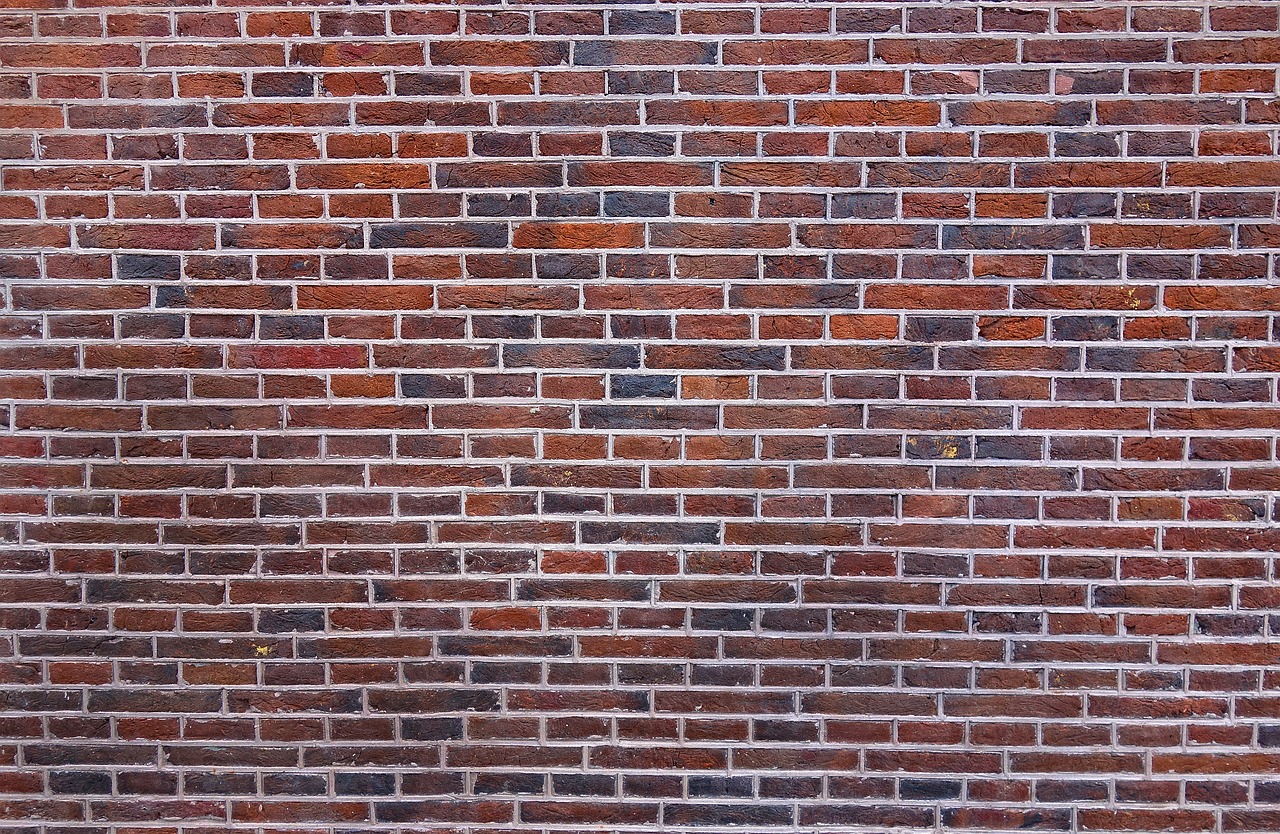
Step-by-Step Instructions
Creating your own DIY wall planter can be a rewarding experience, allowing you to bring a touch of nature into your home while showcasing your creativity. To make the process as smooth as possible, follow these that will guide you from planning to installation, ensuring that your wall planter not only looks great but is also functional. Ready to dive in? Let’s get started!
First, you’ll want to prepare your workspace. A clutter-free and organized area will help you focus on your project. Gather all the necessary materials, tools, and supplies. Here’s a quick checklist to help you:
- Wood or metal for the planter frame
- Potting soil
- Plants of your choice
- Drill and screws
- Level and measuring tape
- Paint or wood stain (optional)
Once you have everything ready, it’s time to design your planter. Think about the size and shape that will best fit your space. Will it be a rectangular box, a series of small pots, or perhaps a more intricate geometric design? Sketching out your ideas on paper can help visualize what you want. Remember, the goal is to create something that enhances your home’s aesthetic while providing a home for your plants.
After finalizing your design, it’s time to cut your materials to size. If you’re using wood, ensure you have the right measurements and cut them carefully. For metal, a metal cutter will work best. Always wear safety gear during this phase, as safety should be your top priority. Once your pieces are cut, sand down any rough edges to prevent injury and give your planter a polished look.
Next, you’ll want to assemble the planter. Start by connecting the pieces using screws or nails, depending on your material. If you’re using wood, pre-drilling holes can help prevent splitting. Make sure everything is square and level as you go, as this will ensure your planter hangs evenly on the wall. Once assembled, you can choose to paint or stain your planter to match your home decor. Allow it to dry completely before proceeding.
Now that your planter is built, it’s time to prepare the plants. Choose plants that thrive in similar conditions and will look good together. Consider the height, color, and texture. For example, trailing plants like string of pearls can look stunning alongside upright varieties like snake plants. Arrange your plants in their pots and see how they look in your planter before planting them in the soil. This is your chance to play around with different arrangements!
With your plants ready, fill your planter with potting soil, making sure to leave enough space for the roots. Gently place your plants into the soil, ensuring they are secure but not overly compacted. Water them lightly to help settle the soil and encourage root growth.
Finally, it’s time for installation. Determine where you want to mount your wall planter. Use a level to ensure it’s straight, and mark the spots for your screws or hooks. If you’re using heavy materials or larger plants, make sure to anchor your planter into wall studs for added support. Once everything is securely mounted, step back and admire your handiwork!
Congratulations! You’ve just created a beautiful wall planter that not only enhances your living space but also brings a bit of nature indoors. Now, let’s address some common questions that might arise during your DIY journey.
1. How do I choose the right plants for my wall planter?
Choosing the right plants depends on the amount of sunlight the area receives and your personal preferences. Opt for plants that thrive in similar light conditions and consider their growth habits.
2. Can I use plastic containers for my wall planter?
Absolutely! Plastic containers are lightweight and can be a great option for wall planters. Just ensure they have drainage holes to prevent overwatering.
3. How often should I water my wall planters?
Watering frequency will depend on the plants you choose and the environment. A good rule of thumb is to check the soil moisture; if it’s dry an inch down, it’s time to water.
4. What if I want to change my plants seasonally?
You can easily switch out plants with the seasons. Just remember to replant them in appropriate soil and check for compatibility with your current plants.
By following these steps and tips, you’ll not only enjoy the process of creating your own wall planters but also the beauty and freshness they bring to your home. Happy planting!
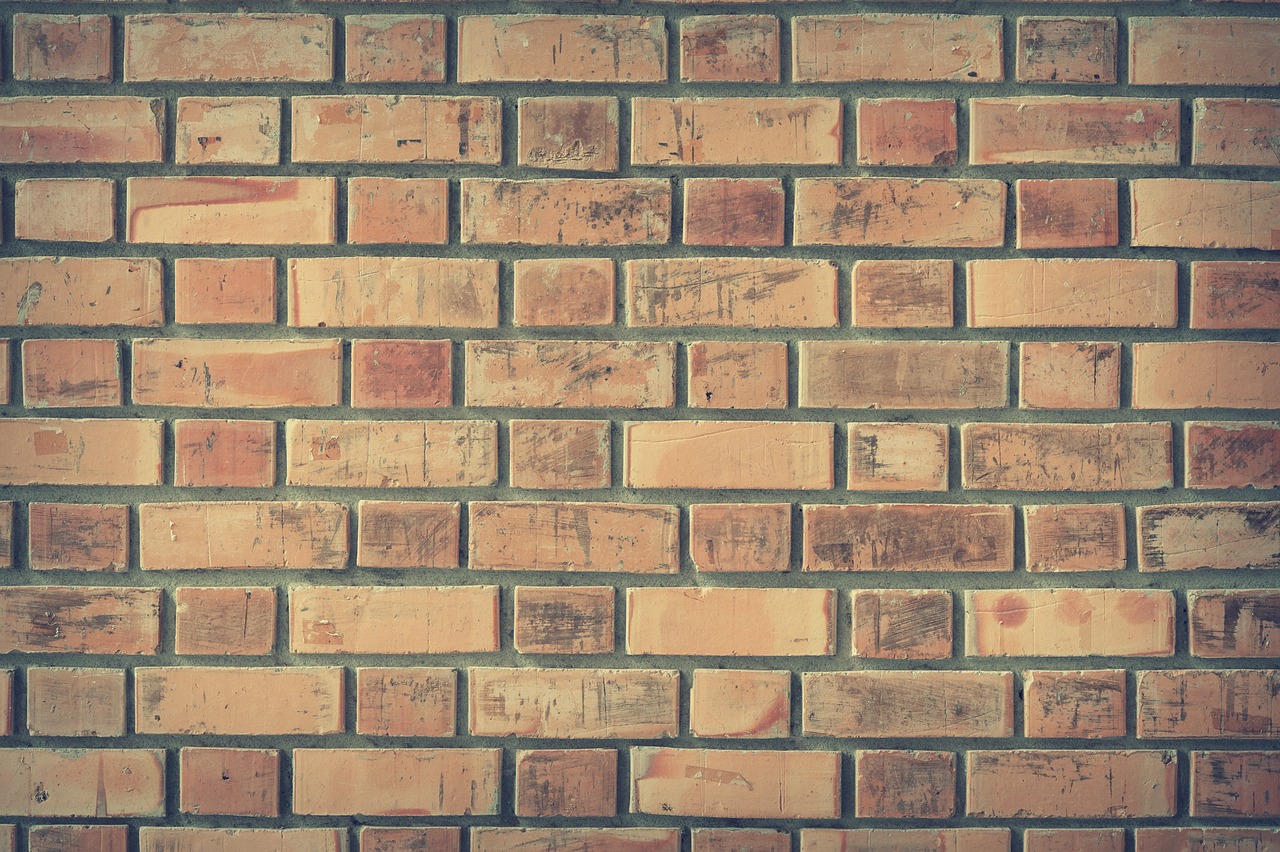
Preparing Your Workspace
Creating your own wall planters can be a fun and rewarding project, but before you dive in, it's essential to set up a well-organized workspace. Think of your workspace as the foundation of your project; a sturdy foundation leads to a successful build! Start by choosing a location that has good lighting and enough space for you to move around comfortably. Ideally, this should be an area where you can leave your materials and tools without worrying about clutter.
Next, gather all the necessary tools and materials before you begin. This will not only save you time but will also keep your workflow smooth and efficient. Here’s a quick checklist of items you might need:
- Tools: Drill, saw, measuring tape, level, and a hammer
- Materials: Wood, metal brackets, screws, soil, and plants
- Safety Gear: Gloves, goggles, and a dust mask
Once you've collected everything, it’s time to prepare your workspace. Clear a large, flat surface where you can comfortably work on your planter. Make sure that the area is free from distractions; the last thing you want is to trip over something while holding a power tool! If you’re working with wood, consider laying down a protective covering to prevent any scratches or damage to your work surface.
After that, organize your tools within arm’s reach. This not only saves time but also reduces the chances of accidents. You can use a small toolbox or a sturdy container to keep everything sorted. Remember, a tidy workspace is a happy workspace!
Finally, take a moment to visualize your project. Sketching out your design can help solidify your vision and guide you through the building process. You don’t need to be an artist; even a rough sketch can help you understand how your wall planter will look and function. With everything in place, you’re ready to embark on your DIY journey and transform your living space with beautiful greenery!
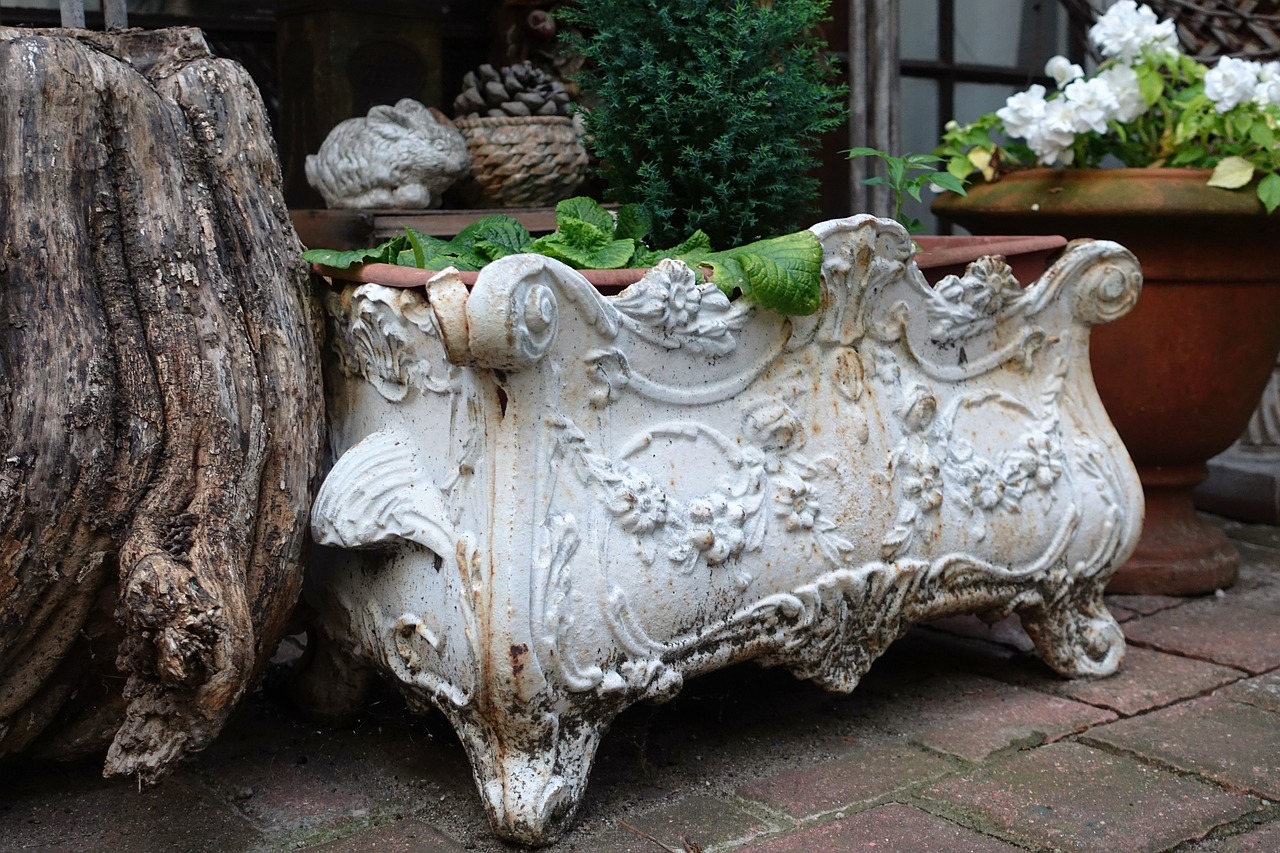
Installation Techniques
Installing your DIY wall planters correctly is crucial for ensuring they are not only visually stunning but also secure and functional. Imagine hanging your beautiful plants only to find them crashing down due to improper installation! To avoid such a disaster, it's essential to understand the different techniques available for mounting your planters. First, consider the type of wall you are working with; whether it's drywall, brick, or concrete, each surface requires a specific approach.
For drywall, using wall anchors is a smart choice. These little devices provide extra support, allowing your planters to hold more weight without pulling out of the wall. If you're hanging heavier planters, opt for toggle bolts, which expand behind the wall for added strength. On the other hand, if your wall is made of brick or concrete, you'll need to drill holes and use masonry screws. It's a bit more labor-intensive, but the result is a sturdy installation that can withstand the elements.
Before you start drilling, take a moment to plan out your layout. You might want to sketch it out or use painter's tape to mark where each planter will go. This step is vital because it allows you to visualize the final look and ensures that you don’t overcrowd your wall. Once you're ready to install, follow these steps:
- Measure and Mark: Use a level to ensure your planters will be straight. Measure the distance between each planter to achieve a balanced look.
- Drill Holes: For drywall, drill holes for your anchors. For brick or concrete, drill the appropriate size holes for your masonry screws.
- Insert Anchors: If using wall anchors, insert them into the drilled holes. This will provide a secure base for your screws.
- Mount Planters: Align your planters with the installed anchors or screws and secure them tightly.
Lastly, don’t forget to check the weight of your planters once they are filled with soil and plants. You want to ensure that they are securely fastened and won’t tip over or fall. Regularly check the stability of your planters, especially after watering, as the added weight of moisture can change the dynamics. With these techniques, your wall planters will not only enhance your living space but also stand the test of time.
1. What type of wall is best for hanging planters?
Generally, solid walls like concrete or brick offer the best support for heavier planters. However, with the right anchors, you can also successfully hang planters on drywall.
2. Can I use any type of plant in wall planters?
While you can use a variety of plants, it's important to choose species that thrive in vertical settings. Herbs, succulents, and trailing plants are popular choices.
3. How do I water my wall planters?
Watering can be tricky with wall planters; consider using a watering can with a long spout or a spray bottle for easier access. Alternatively, you can install a drip irrigation system for convenience.
4. What if I want to change the plants seasonally?
Choose removable planters or use a modular system that allows you to easily swap out plants according to the season or your mood.
Frequently Asked Questions
- What materials are best for DIY wall planters?
Choosing the right materials is key to creating durable and attractive wall planters. Common options include wood, metal, and even recycled materials. Each material offers a unique aesthetic, so consider your home decor and the climate where you live before making a decision.
- Can I use recycled materials for my wall planters?
Absolutely! Using recycled materials not only saves money but also adds a personal touch to your wall planters. Think outside the box—old wooden pallets, tin cans, or even plastic bottles can be transformed into stunning planters that showcase your creativity.
- How do I choose the right plants for my wall planter?
When selecting plants, consider their light and water requirements. It's best to group plants that thrive in similar conditions. For a visually appealing display, mix different heights and textures. Don't forget to think about color coordination to ensure your planter complements your space!
- What are some creative design ideas for wall planters?
The possibilities are endless! You can create a vertical garden to maximize space or experiment with geometric shapes for a modern look. Layering plants of varying heights adds depth, while using colorful containers can make your wall planters pop!
- How do I install my wall planters securely?
Proper installation is crucial for both safety and aesthetics. Make sure to use the right mounting hardware for your wall type—drywall anchors for drywall, toggle bolts for heavier planters, or even brackets for added support. Always double-check that everything is level before securing it!
- What tools do I need to prepare my workspace?
Setting up a well-organized workspace is essential for a smooth DIY experience. You'll typically need basic tools like a drill, screws, measuring tape, and a level. Having everything ready to go will make the process much more enjoyable!



















